In addition to its rich natural resources, the Arafura and Timor Seas (ATS) is also known to have enormous oil and natural gas potential. This poses a major risk to the region, in the form of oil spills and other pollution related to shipping. As part of ongoing efforts to mitigate these risks, the ATSEA-2 Project has been working to build capacity in key locations throughout the region.
Oil spills incidents and marine pollution have the potential to negatively impact ecosystem health in the ATS region, while also impacting the thousands of livelihoods that rely on natural resources for survival. Threats emanate from a combination of oil and gas facility leaks, tanker ship operations, ship repair and maintenance, mid-ocean loading and unloading, bilge water, ship scrapping and collisions involving tankers and other large fishing vessels. In light of all these dangers, contingency planning becomes essential for the ATS.
With that in mind, ATSEA-2 Project set out to improve readiness in East Nusa Tenggara (NTT) Province through a training session focused on early warning systems held in Rote Ndao Regency over two days from 6-7 December 2022, the meeting was attended by 56 participants (21 women and 35 men) comprising members of the local community, village and district government officials, Indonesian National Military-Naval Force (Tentara Nasional Indonesia-Angkatan Laut/TNI-AL), Harbormaster’s Office and Port Authority in Rote Ndao (Kantor Kesyahbandaraan dan Otoritas Pelabuhan/KSOP), National Marine Conservation Area Centre Kupang Unit in Rote Ndao (Balai Kawasan Konservasi Perairan Nasional Satuan Kerja/BKKPN Satker) Rand members other working groups from KSOP Kupang, The Directorate General of Marine and Fisheries Resources Surveillance (Direktorat Jenderal Pengawasan Sumber Daya Kelautan dan Perikanan/PSDKP), The Maritime Security Agency (Badan Keamanan Laut/Bakamla) and Environment and Forestry Agency in East Nusa Tenggara Province (Dinas Lingkungan Hidup dan Kehutanan/DLHK).
The first day of training was divided into two sessions, covering basic knowledge about oil spill impacts and the equipment used in clean-up efforts, respectively. The latter included oil booms, skimmers, temporary storage shelters, sorbents and dispersants (decomposing agents). In addition, various monitoring strategies were outlined in the training, including the following:
•Collecting information related to tides and the direction or speed of currents and winds
•Using current and wind data to predict the trajectory and speed of oil spill movement
•Mapping oil distribution with coordinates to show the current position
•Predicting the direction of movement through air or satellite imagery simulations
The next session focused on early warning systems and simulations in the field, which examined the characteristics of seawater polluted by oil. Participants from Rote Ndao Local Government were represented by Nurina Patola (Head of Research at Rote Ndao Development Planning, Research, and Development Agency), who expressed their hopes that activities such as this training will become a regular occurrence, in order to inform and support regional planning and budgeting. Because marine and coastal area disasters can occur at any time, they stressed that infrastructure and human resources need to be put in place immediately, then kept in a constant state of readiness thereafter.
On a separate occasion, Kis Budianto from TNI – AL noted that the material presented was interesting. He added that new knowledge should be shared via a reporting scheme for marine pollution issues, which the Indonesian Navy could help socialise among communities. Meanwhile, Metry, the head of the Minano soap group from Oeseli village, concurred that there is a need for an SOP in terms of reporting, so that any threats to seaweed cultivation activities from oil spills and pollution in the region can be dealt with quickly.
Through these training activities, it is hoped that early warning systems in Rote Ndao can help to mitigate the impacts of oil spills in the region. With an effective reporting mechanism in place, supported by rapid response efforts at the regional level, communities and officials will be better placed to act collectively and decisively in the event of any future disasters. ATSEA-2 will continue to support these capacity building efforts, by facilitating knowledge exchange and building capacity among key stakeholders in the ATS region.
By Mikael Leuape


